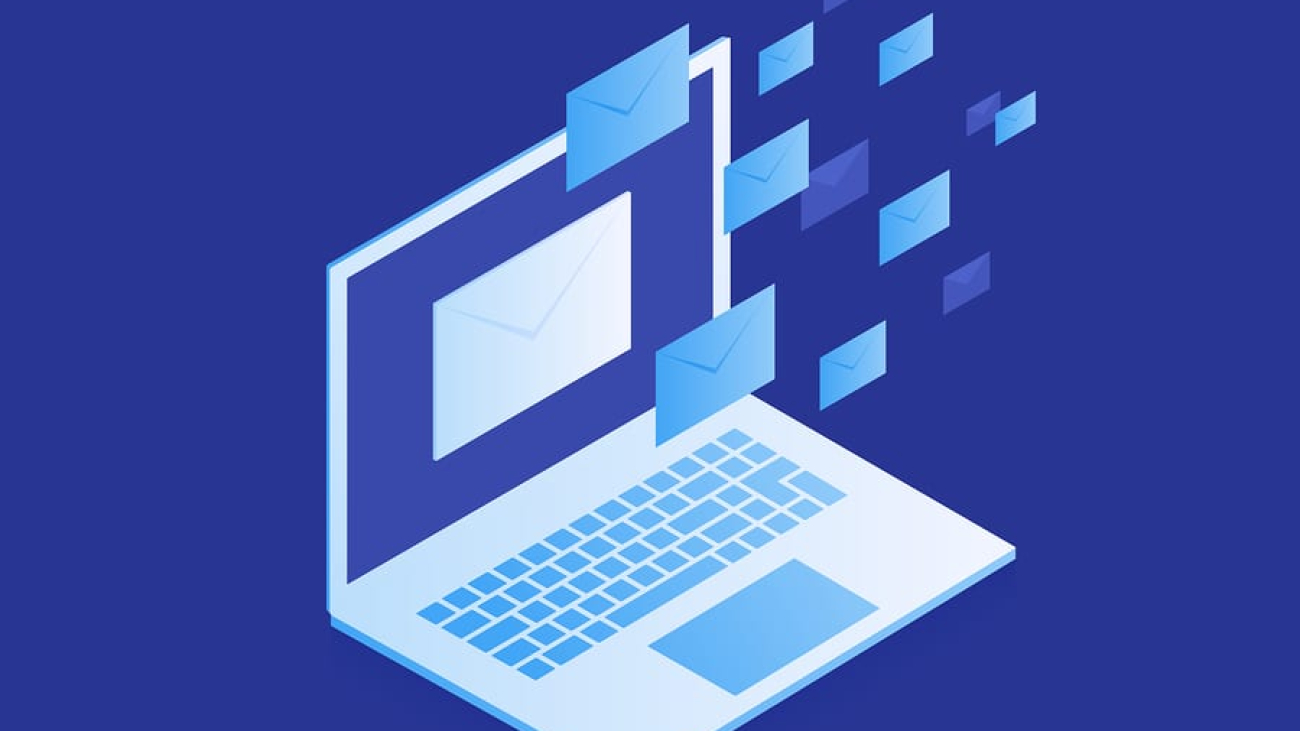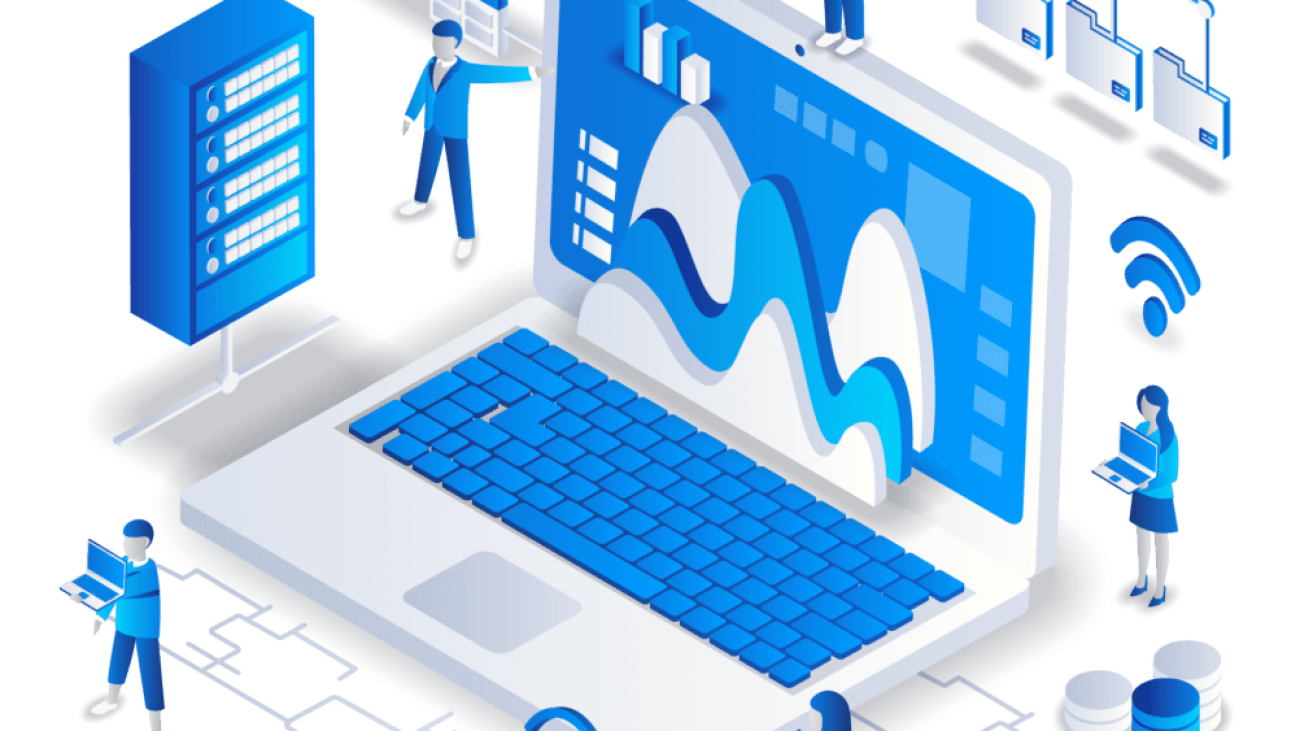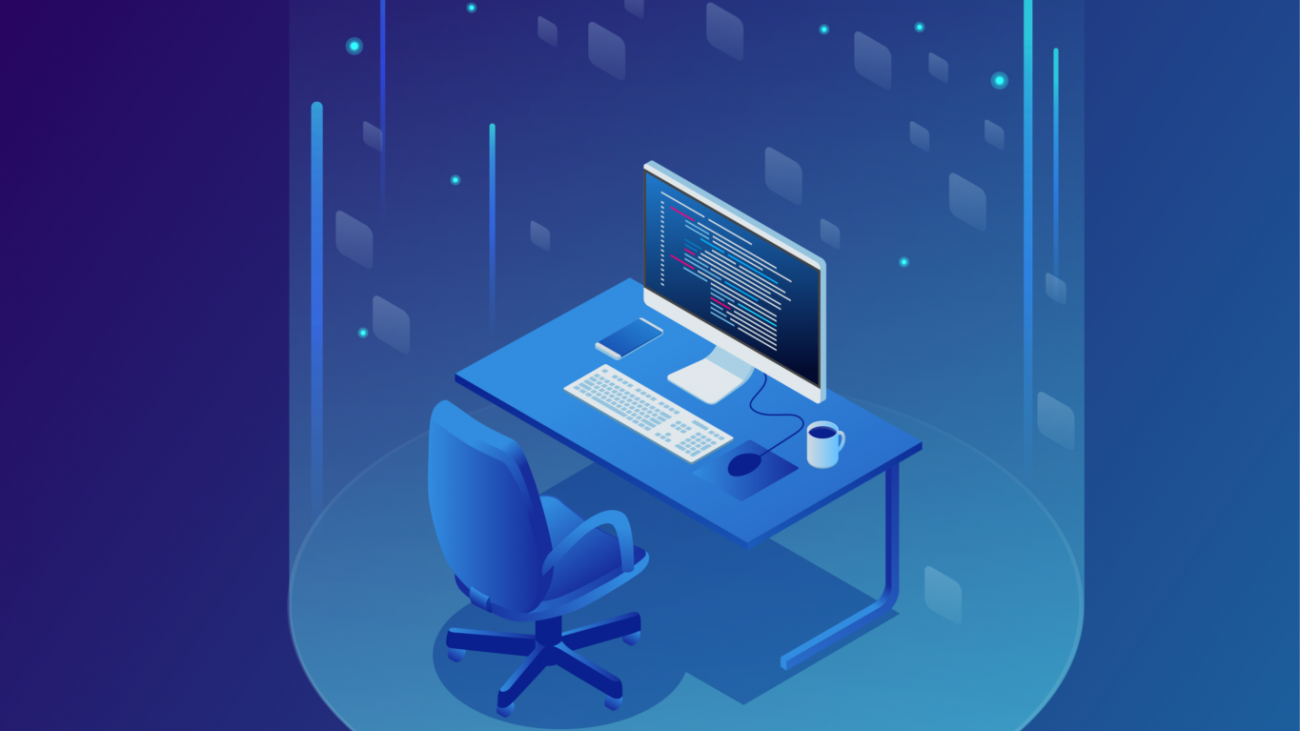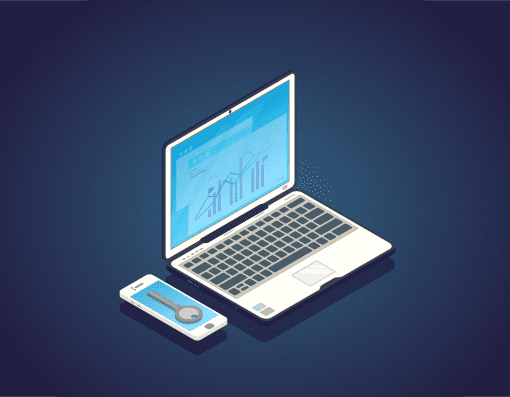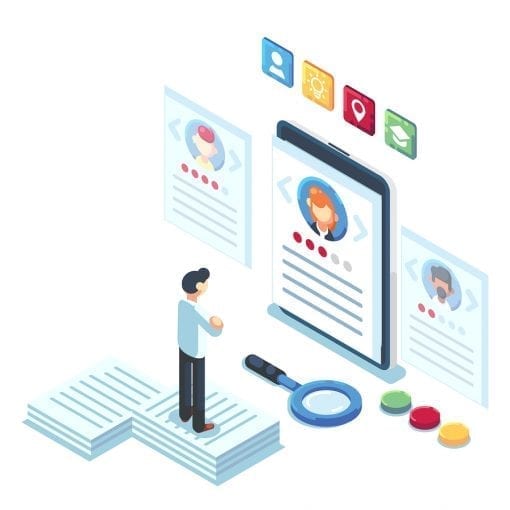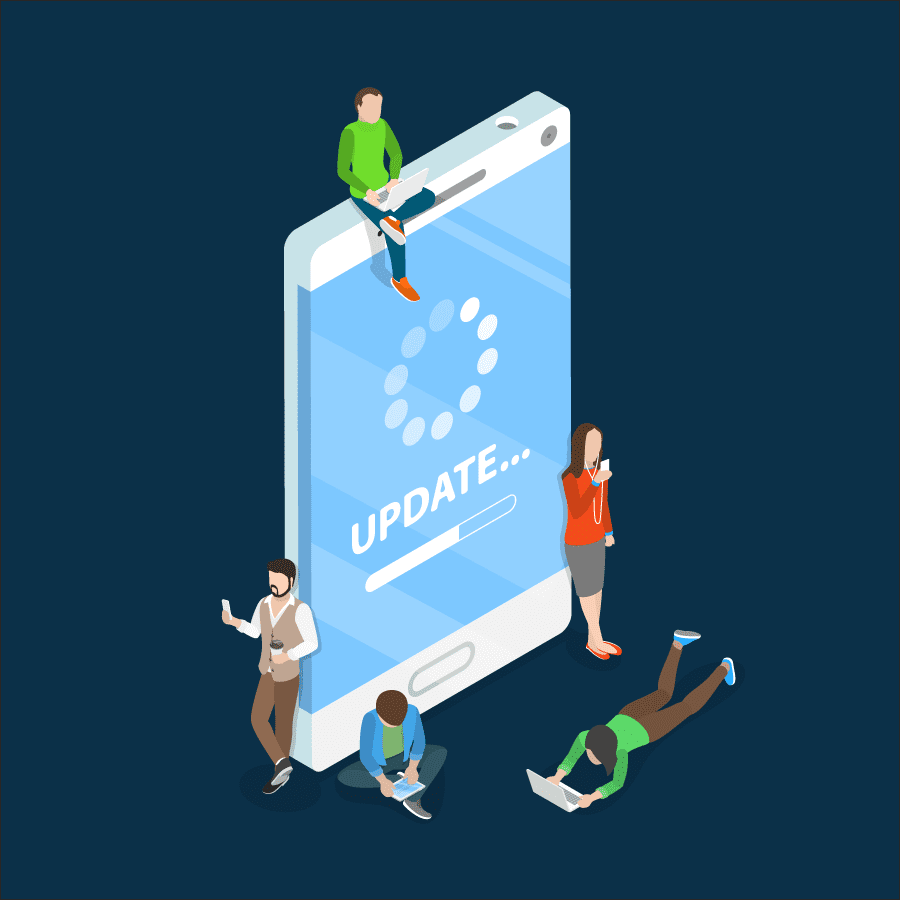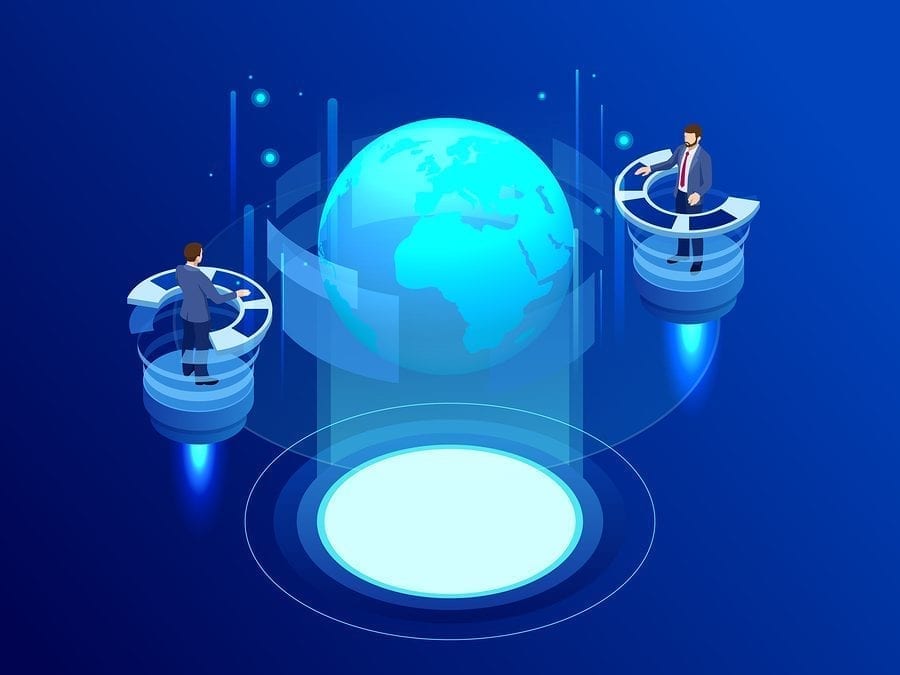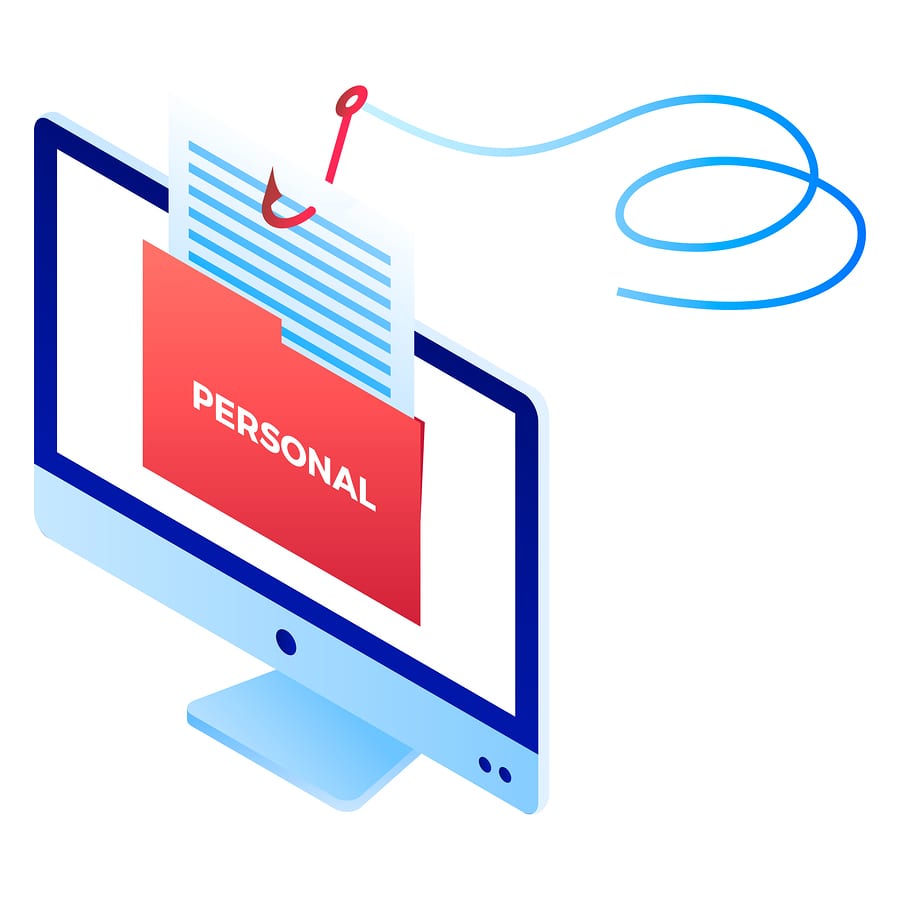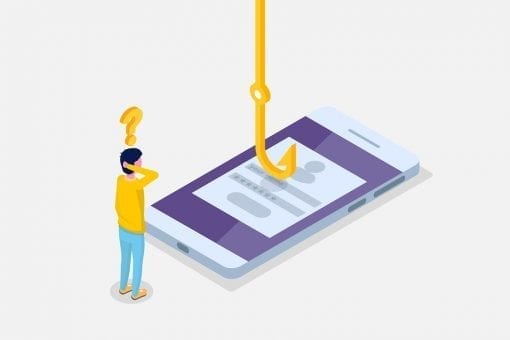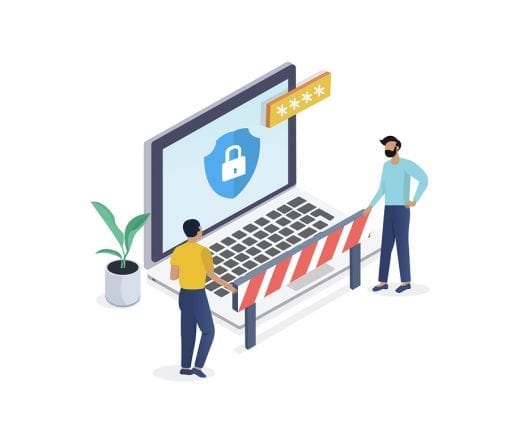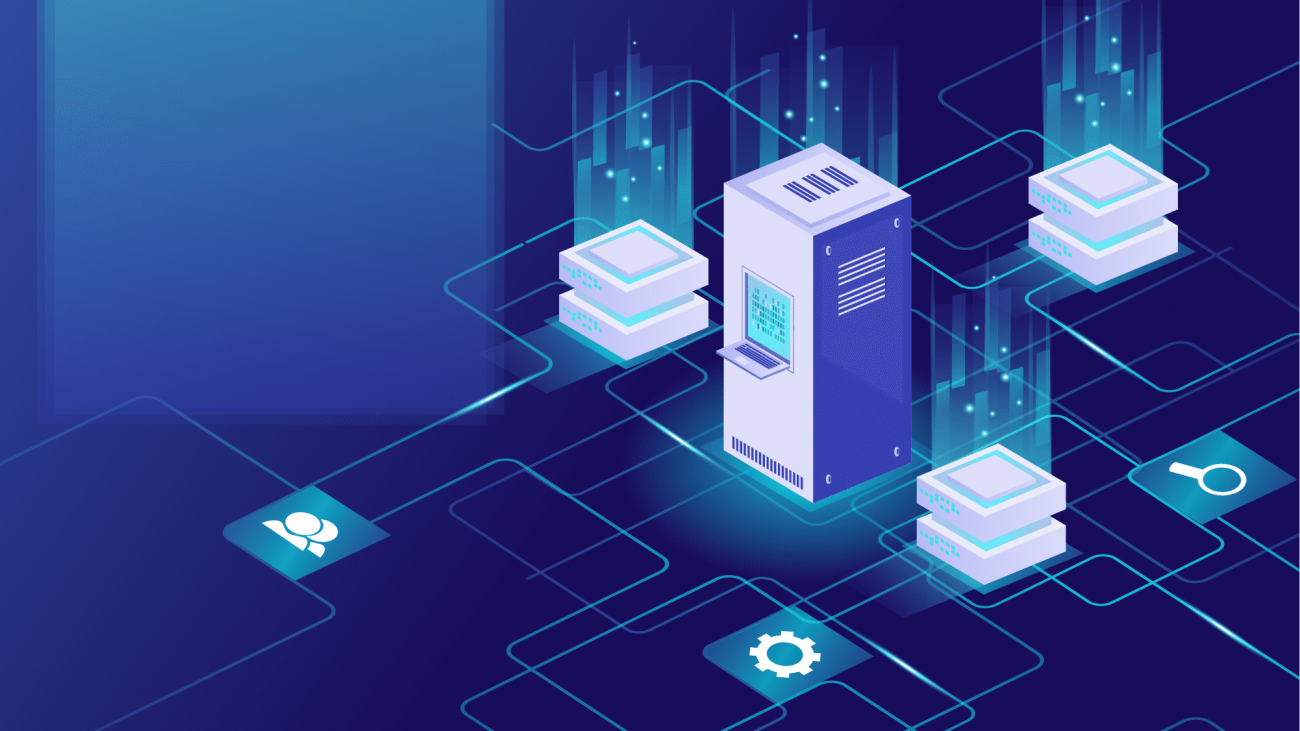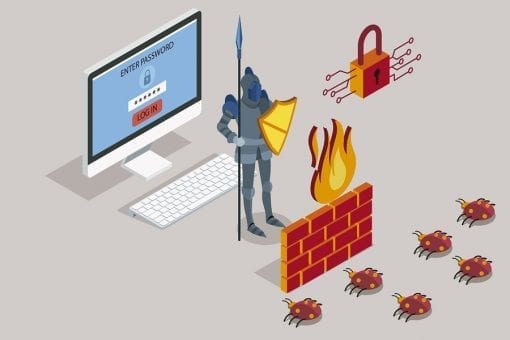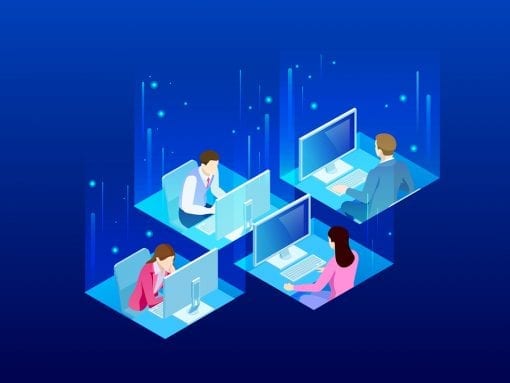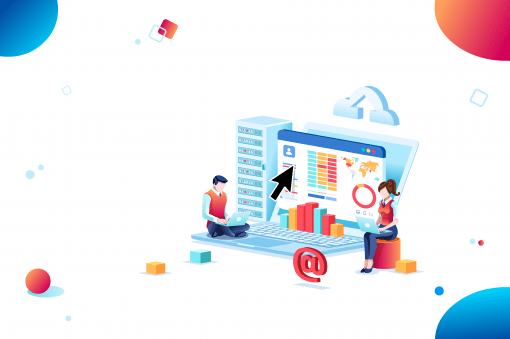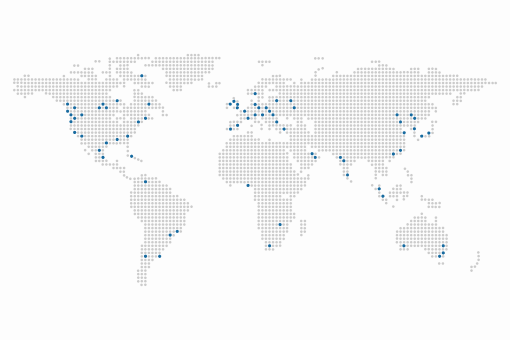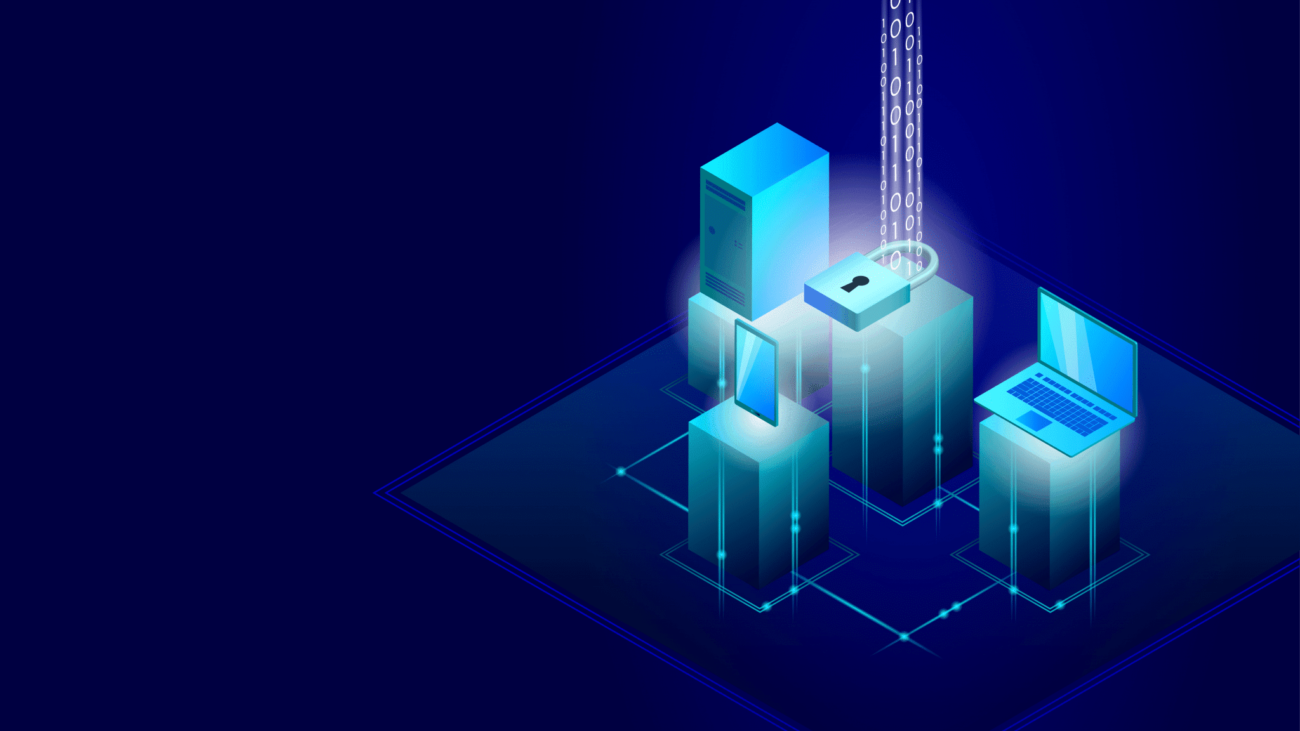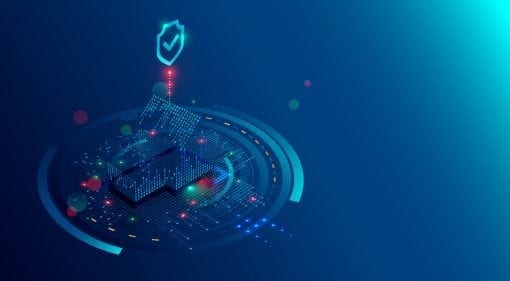Everything was Once New
A new bit of software is released. It’s sparkling, it’s fun, it’s revolutionary. Everyone loves it and starts using it. Or, perhaps the new thing is an IoT device which lets you monitor the air quality of your office. In order to survive in today’s marketplace (read: make the company money), products get pushed onto shelves to be sold often times before they are fully functional and secure. Because of this rush, most software and software-based products are flawed at the time you purchase them. It’s important to apply patches and updates to software when released.
You know the drill: you get your brand-new cognition amplifier home and what’s the first thing you do after you turn it on and connect it to Wi-Fi? That’s right, you search for (and normally install) updates. Many people think that’s the only maintenance they need to do, but it’s not. Just like a flower in a pot. It will look nice as soon as you get it home, but if you think you can just leave it and it will always look nice, you are wrong. You need to care for it and provide what it needs, or it will get sick. Just like your devices and software.
“Data is moving in and out of hospitals very freely and they’re very unsegmented. We have customers who are still using Windows 95. That’s insane … And we’ve been told that, since they’re saving lives 24/7, they never patch. They’re afraid of rebooting the system or messing it up.” – Chris Morales, Head of Security Analytics at Vectra
What Can Go Wrong?
But what really can go wrong if you don’t update your stuff? Can it really be that bad? You might just be missing out on some new features, right? Let’s explore some recent update and patch news:
- Hackers could exploit a critical flaw in Qualcomm chips and access the protected memory (and sensitive data) of millions of Android devices. This was fixed in a patch.
- A pair of security vulnerabilities were discovered in Social Warfare (a WordPress plugin with over 900,000 users) which would let hackers “take complete control over websites and servers without authentication.” This was fixed in a patch.
- Two security vulnerabilities were discovered in Dell’s SupportAssist Client. These would have allowed attackers to remotely execute code, which could be disastrous for the computer and network. This was fixed in a patch.
These examples provide insight into potential security breaches on a massive scale that were all fixed with a patch. You don’t want to install some weather-checking software or an IoT thermostat and have it serve as a doorway outsiders can exploit to compromise your systems, steal your data, and destroy the credibility of your users and organization. And software/IoT device companies don’t want to get in the news as being the cause for such a compromise and feeling the wrath of litigation, bad press, and governmental fines rain down upon them.
All the above stories have one thing in common (other than the scale and potential damage the flaws could have inflicted): every vulnerability was fixed with a patch. This is what responsible software and software-reliant hardware companies do—they monitor and patch and update to make their product the safest and best it can be.
This is something you should think about and investigate when selecting software and hardware options. See if the company has frequent updates or patches. Make sure they are continuing to support their product and make it secure. Otherwise, you could put a lot of faith in a product that will just leave you exposed to those who wish to do you harm.
A Final Word on Patches and Updates
It’s not just for your own organization’s security that you want to keep your software and hardware updated and patched. Between GDPR regulations (where organizations can be fined up to 4% of their annual income or €20 million, whichever’s greater) and the new Binding Operational Directive from CISA ((BOD) 19-02) setting a deadline for updating any and all systems when a patch is available (15 days for “critical” vulnerabilities and 30 days for “high”-severity flaws), pressure is on from national and international institutions to protect your systems. Like herd immunity for viruses and diseases, the world has seen the importance of all organizations keeping their software updated.
It does take a little time but make it part of standard operating procedure and get it on a schedule. Find the best time for updates to take place for your organization and make sure they are never missed. Your organization’s cybersecurity will thank you.
To learn more how we make sure our solutions stay updated and our customers are alerted any time a new update or patch is released, contact us today.




